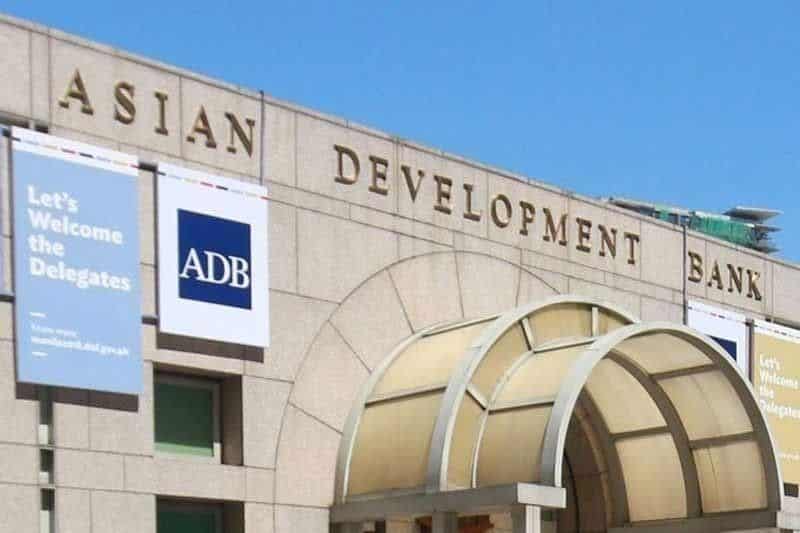
MANILA, Philippines — Governments in Southeast Asia will need to implement measures to attract private capital to help finance infrastructure development to improve resilience, according to the Asian Development Bank (ADB).
In a report titled “Rethinking Infrastructure Financing for Southeast Asia in the Post-Pandemic Era,” the ADB said many governments are facing fiscal constraints, with significant resources spent to mitigate the impact of the COVID-19 pandemic, and banks are focusing on corporate lending and reducing exposure to the infrastructure sector.
Southeast Asian economies will have to rely more on private investment to help finance infrastructure development, the ADB said.
It said the pandemic has also highlighted the need to invest in infrastructure to improve resilience.
The multilateral lender said an estimated $1.7 trillion would have to be spent each year on infrastructure across Asia until 2030 to sustain economic progress, eradicate poverty and respond effectively to climate change.
“In this context, more than ever, given the high demand for sustainable infrastructure and the limits to government investment spending, attracting long-term private investors such as pension funds and life insurance companies is essential to close the infrastructure gap and move infrastructure investment forward,” the ADB said.
It said one of the main challenges to attracting institutional investors to infrastructure is the risk that applies across the whole infrastructure cycle.
“Among others, the most relevant risks are political and regulatory risks, construction and land expropriation risks, and demand risks,” it said.
To attract private capital to the infrastructure sector, the ADB recommends that governments create a more conducive institutional environment, including making credible statements to honor the terms of the agreement.
The ADB said there should also be clear and reliable estimates on development and construction costs, tariff and demand definition and trends.
“A favorable institutional environment should include a clear infrastructure policy, an appropriate legal and regulatory framework, and dedicated supporting institutions to create a pipeline of bankable infrastructure projects,” the ADB said.
In addition, the ADB said governments, development finance institutions and multilateral development banks could introduce measures to mitigate the risk profile of infrastructure, to expand lending at project level.
Among those cited by the ADB are grants that can help reduce capital requirements of the project or grants on debt interest to reduce operating costs; availability-based payments to eliminate demand risk; guarantee on debt; provision of capital, and favorable taxation schemes.
If you like this article, share it on social media by clicking any of the icons below.
Or in case you haven’t subscribed yet to our newsletter, please click SUBSCRIBE so you won’t miss the daily real estate news updates delivered right to your Inbox.
The article was originally published in PhilStar Global and written by Louella Desiderio.







More Stories
Vista Land Celebrates 50 Years with Sandiwa: An Event Honoring Leadership, Legacy, and the Filipino Dream of Homeownership
Vista Land Celebrates Love Month in Ilocos Region
Vista Land Bridges Cebuano Heritage and Progress with Valencia by Vista Estates